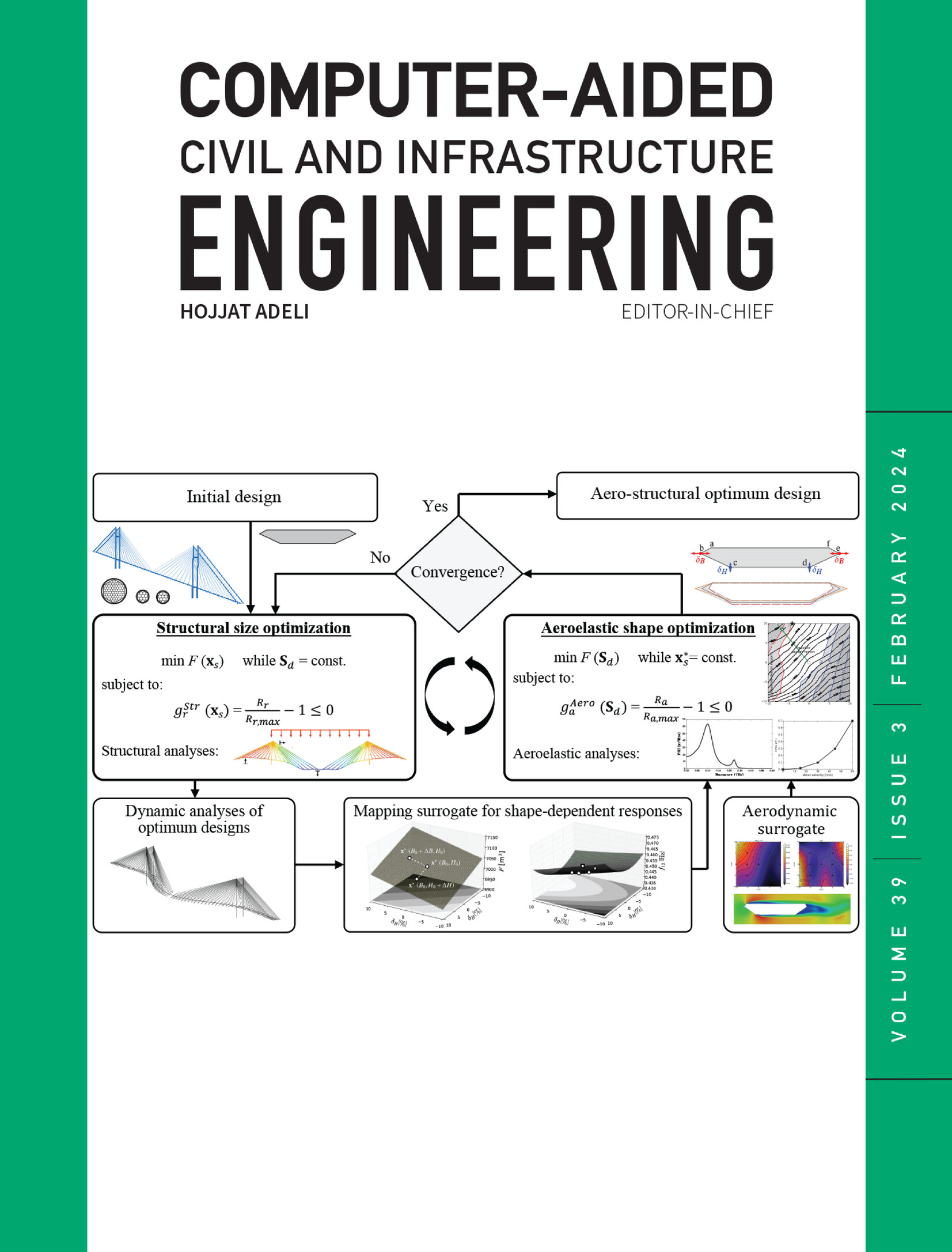通过车辆-云协作实现安全、高效和舒适的自动驾驶,并对技能进行抽象的持续强化学习
IF 8.5
1区 工程技术
Q1 COMPUTER SCIENCE, INTERDISCIPLINARY APPLICATIONS
引用次数: 0
摘要
安全、高效、舒适的自动驾驶对于在开放道路环境中提供高质量的交通服务至关重要。然而,大多数现有的自动驾驶驾驶策略学习方法都在不断变化的驾驶环境中挣扎,只能在特定的场景下正常工作。因此,本研究提出了一种新的分层持续强化学习(RL)框架,将各种驾驶模式抽象为技能,并支持基于车云协作的驾驶策略适应。提出的框架利用云中的技能抽象,从大量演示中学习驾驶技能,并将其存储为深度强化学习模型,减轻灾难性遗忘和数据不平衡,以适应驾驶策略。联网自动驾驶汽车(cav)的驾驶策略被发送到云端,并通过整合抽象驾驶技能和与云中的并行环境的交互来不断更新。然后,自动驾驶汽车从云端接收更新的驾驶策略,与实时环境进行交互。在实验中,高保真和随机环境是使用真实世界的路面和交通数据创建的。实验结果表明,与经典RL基线相比,提出的分层连续RL框架的潜在危险事件减少34.04%,垂直舒适性提高9.04%,在不同的驾驶环境中表现出卓越的驾驶性能和强大的泛化能力。总体而言,所提出的框架重新激活了流驾驶数据,流行的运动规划模型和云计算资源,用于终身驾驶策略学习。本文章由计算机程序翻译,如有差异,请以英文原文为准。
Skill-abstracting continual reinforcement learning for safe, efficient, and comfortable autonomous driving through vehicle–cloud collaboration
Safe, efficient, and comfortable autonomous driving is essential for high-quality transport service in an open road environment. However, most existing driving strategy learning approaches for autonomous driving struggle with varying driving environments, only working properly under certain scenarios. Therefore, this study proposes a novel hierarchical continual reinforcement learning (RL) framework to abstract various driving patterns as skills and support driving strategy adaptation based on vehicle-cloud collaboration. The proposed framework leverages skill abstracting in the cloud to learn driving skills from massive demonstrations and store them as deep RL models, mitigating catastrophic forgetting and data imbalance for driving strategy adaptation. Connected autonomous vehicles’ (CAVs) driving strategies are sent to the cloud and continually updated by integrating abstracted driving skills and interactions with parallel environments in the cloud. Then, CAVs receive updated driving strategies from the cloud to interact with the real-time environment. In the experiment, high-fidelity and stochastic environments are created using real-world pavement and traffic data. Experimental results showcase the proposed hierarchical continual RL framework exhibits a 34.04% reduction in potentially hazardous events and a 9.04% improvement in vertical comfort, compared to a classical RL baseline, demonstrating superior driving performance and strong generalization capabilities in varying driving environments. Overall, the proposed framework reinvigorates streaming driving data, prevailing motion planning models, and cloud computation resources for life-long driving strategy learning.
求助全文
通过发布文献求助,成功后即可免费获取论文全文。
去求助
来源期刊
CiteScore
17.60
自引率
19.80%
发文量
146
审稿时长
1 months
期刊介绍:
Computer-Aided Civil and Infrastructure Engineering stands as a scholarly, peer-reviewed archival journal, serving as a vital link between advancements in computer technology and civil and infrastructure engineering. The journal serves as a distinctive platform for the publication of original articles, spotlighting novel computational techniques and inventive applications of computers. Specifically, it concentrates on recent progress in computer and information technologies, fostering the development and application of emerging computing paradigms.
Encompassing a broad scope, the journal addresses bridge, construction, environmental, highway, geotechnical, structural, transportation, and water resources engineering. It extends its reach to the management of infrastructure systems, covering domains such as highways, bridges, pavements, airports, and utilities. The journal delves into areas like artificial intelligence, cognitive modeling, concurrent engineering, database management, distributed computing, evolutionary computing, fuzzy logic, genetic algorithms, geometric modeling, internet-based technologies, knowledge discovery and engineering, machine learning, mobile computing, multimedia technologies, networking, neural network computing, optimization and search, parallel processing, robotics, smart structures, software engineering, virtual reality, and visualization techniques.

 求助内容:
求助内容: 应助结果提醒方式:
应助结果提醒方式:


